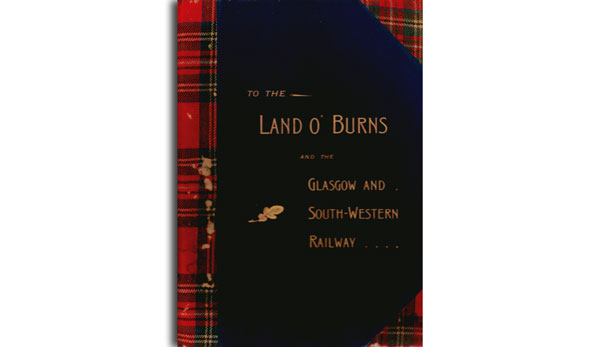Description
As one might expect from a book partly bound in tartan cloth, written by a fin de siècle hack, hiding behind a silly pen name, this is a slightly strange publication which purports to be a tourist guide to the country associated with Rabbie Burns. To begin with, the reader is invited to approach the area via the Midland Railway route from London St. Pancras. The London & North Western has been air-brushed out of the picture. After a brief description of GSWR history, enlivened by portraits of the chief officers, the guide proper begins with the fiction that the author is being personally conducted on his tour by Mr. David Cooper, General Manager of the “Sou’ West”. I feel quite sure that Mr. Cooper was far too busy to spend several days trailing round with this rather irritating writer, so the bits of reported dialogue between them do not ring true. Then there are the adverts a huge proportion in relation to the text. Hardly any are for hotels or facilities in the district. Whisky distillers feature as one might expect, but the rest include builders of locomotives and rolling stock, shipbuilders, engineering firms and shipping lines, English and Welsh railways, and a surprising number of insurance companies.
Normally in scanning a book of this size, we would reduce the number of adverts or omit them entirely. However, there is sufficient of interest to transport historians here to justify the time spent scanning. For example, I was not aware that at this period Charles Cammel actually used a camel as a trade mark, here represented by a very dyspeptic looking animal taking up a good third of the space in their advert. This little book is a real curiosity and worthy of attention.
PREVIEW BELOW – MAY TAKE A WHILE TO LOAD.

Reviews
There are no reviews yet.